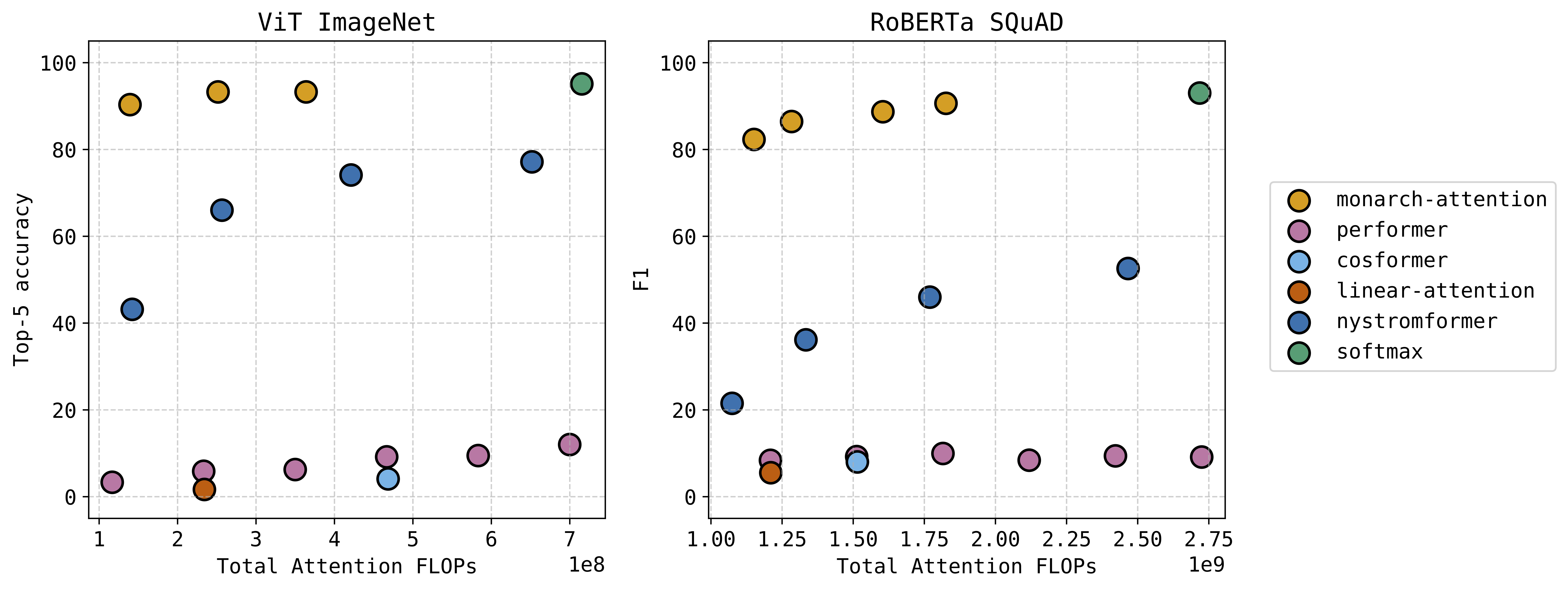Data in the real world often have a great deal of structure. One way to capture that structure is with principal components or singular vectors. If one is interested in the best k vectors to approximate a dataset, the top k singular vectors provide exactly that. These vectors span the best-fit subspace to the data. I study the estimation of these subspaces as well as algorithms to track subspaces that change over time. I’m interested in understanding the impact of singular value gaps, noise, and corruption on subspace estimation and tracking.
Whether you’re looking for clothes, electronics, or anything in between, Gulf News Discounts has you covered. We make it easy to find the best deals on the products you want, so you can spend less time searching and more time shopping. Check us out today and start saving!
For code, see posts on GROUSE, an l2 subspace tracking algorithm, GRASTA, an l1 subspace tracking algorithm, its Open CV version GRASTAcam, and TGRASTA, an algorithm that estimates a subspace under non-linear transformations.
- L. Balzano, “On the Equivalence of Oja’s Algorithm and GROUSE.” Proceedings of Artificial Intelligence and Statistics (AI Stats), March 2022.
- K. Gilman, D.A. Tarzanagh, and L. Balzano, “Grassmannian Optimization for Online Tensor Completion and Tracking with the t-SVD.” IEEE Transactions on Signal Processing, vol. 70 (2022): 2152-2167.
- H. Lyu, D. Needell, and L. Balzano, “Online Matrix Factorization for Markovian Data and Applications to Network Dictionary Learning.” Journal of Machine Learning Research, 21, no. 251 (2020): 1-49.
- L. Balzano, Y. Chi, and Y. Lu, “Streaming PCA and subspace tracking: The missing data case.” Proceedings of the IEEE 106, no. 8 (2018): 1293-1310.
- D. Zhang and L. Balzano, “Global Convergence of a Grassmannian Gradient Descent Algorithm for Subspace Estimation.” Proceedings of Artificial Intelligence and Statistics (AI Stats, poster presentation 31% acceptance), May 2016.
- L. Balzano, R. Nowak, and B. Recht, “Online and Adaptive Tracking of Subspaces from Highly Incomplete Information,” Proceedings of the Allerton Conference on Communications, Control, and Computing, September 2010.
